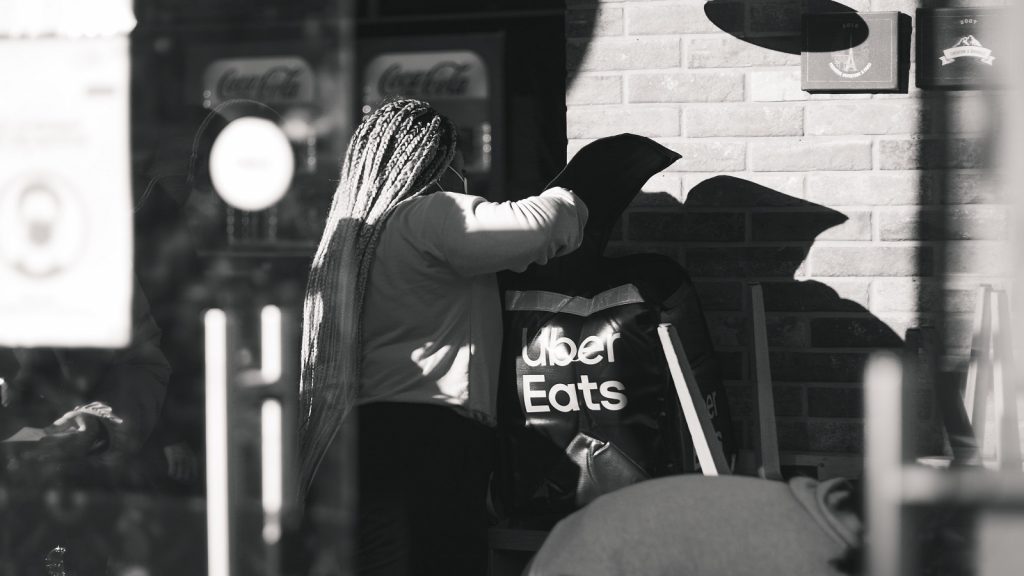Uber Eats has revealed that since it started offering the service in March 2020, deliveries of grocery and essential products have increased by 1860%.
The delivery app revealed the figure on 16 August, along with several other statistics.
No ad to show here.
Uber Eats was one of several food delivery apps that began offering grocery deliveries at the start of the COVID-19 pandemic and subsequent lockdowns.
“It’s become clear that this has become a critical service, as Uber Eats has seen total sales of groceries and convenience items increase steadily in recent months,” General Manager for Uber Eats in Sub-Saharan Africa, Nakampe Molewa, said in a statement.
During South Africa’s recent Level 4 lockdown, Uber Eats deliveries of grocery products across the country increased by 28%.
At the same time, convenience deliveries went up by 13% while pharmacy deliveries increased by 32%.
Essential products such as toilet paper grew by more than 100% sales. Bread sales increased by 46% while personal care goods such as deodorant went up by 11%.
Uber Eats attributed the growth to customers being drawn to the app’s delivery times. It said its average delivery time is less than 35 minutes.
More companies enter on-demand grocery delivery market
The popularity of home delivery apps has prompted other retailers and companies to operate their own apps.
In July, Dischem launched its same-day DeliverD service.
Available in the Dischem mobile app, the service offers deliveries of health, beauty, electrical, and nutrition products within 60 minutes.
On 2 August, Pick n Pay relaunched its Bottles delivery app as Pick n Pay Asap! with free deliveries for the duration of the month.
The app offers Smart Shopper functionality and users can schedule deliveries weeks in advance thanks to booking slots.
Other retailers that operate home delivery apps include Checkers (Sixty60) and Woolworths (Woolies Dash).
Featured image: Unsplash/ev
Read more: What to know about the new KFC WhatsApp ordering feature
